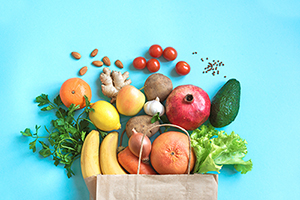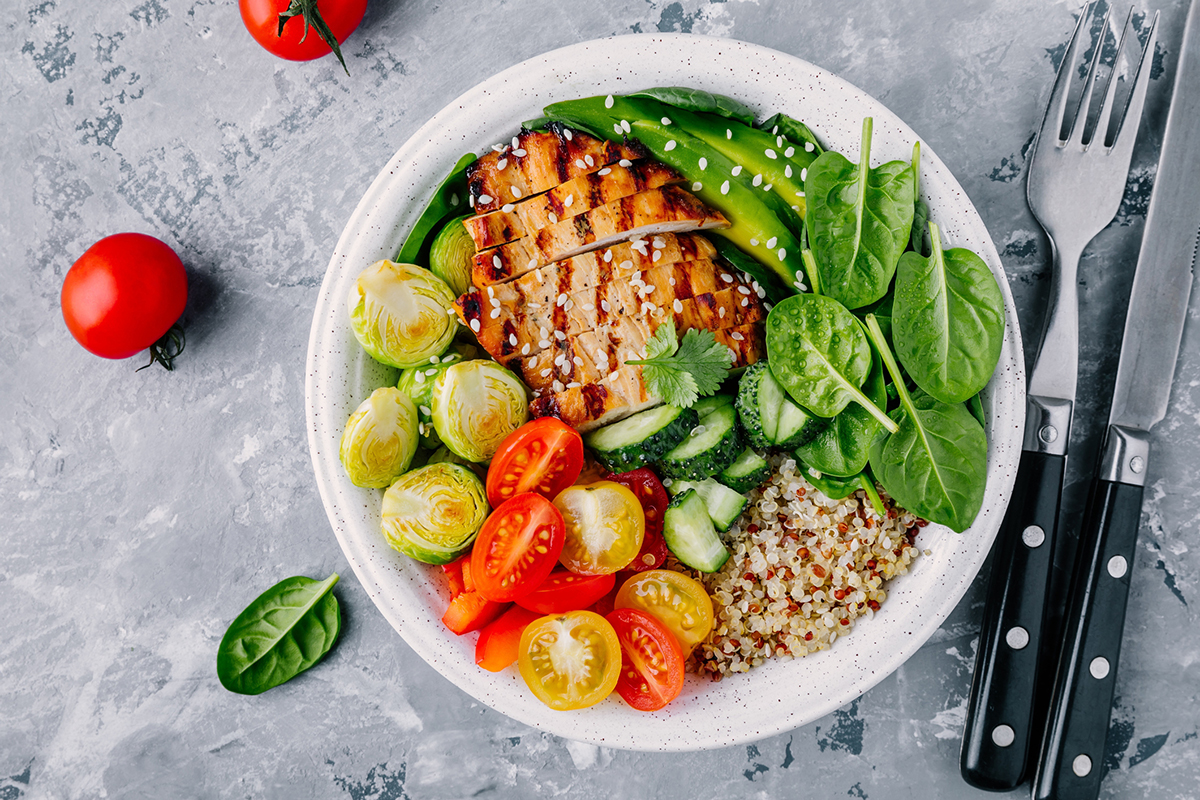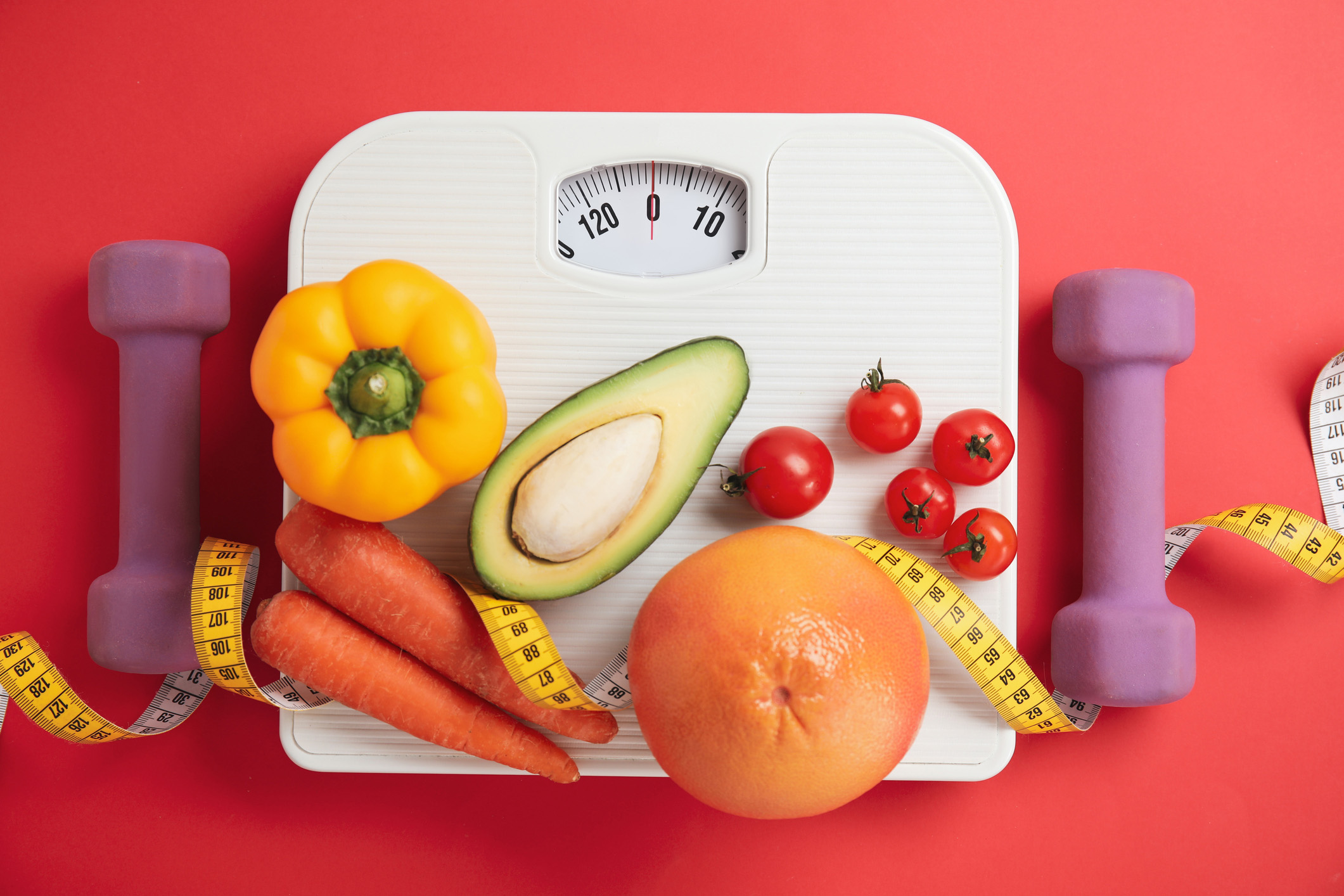The US has allocated trillions of dollars for COVID recovery; an additional bill of uncertain multi-trillion-dollar dimensions is shaping up to address “infrastructure needs”—broadly construed as addressing material as well as human exigencies.
Amidst this, in addition to the illness itself, it’s clear that COVID-19 has undermined Americans’ health and fitness in other significant ways. It’s been a “twin pandemic”, with lockdowns and stress exacerbating the enormous pre-existing burden of preventable illnesses associated with obesity: heart disease, hypertension, diabetes, certain cancers, liver disease, neurodegenerative conditions, psychiatric disease, and inflammatory disorders.
Last week, a shocking American Psychological Association survey captured headlines with the assertion that “6 in 10 U.S. Adults (61%) Report Undesired Weight Change Since Start of Pandemic.”
It’s a no-brainer that we took too many trips to the fridge to obtain consolation while we sheltered in place; GrubHub was on our speed-dials; our gyms were closed, and we binged on Netflix while lounging on the sofa.
But the extent of the weight gain recorded by the APA is mind-blowing, going way beyond the notorious “COVID-15”: “42% of U.S. adults report undesired weight gain, with an average gain of 29 lbs.”
For black adults, who bore the brunt of COVID hospitalizations and deaths, 42% reported weight gain, with an average gain of—wait for it—35 pounds!
Young people had it hardest. 48% of Millennials—aged 25 to 41—reported an average of 41 pounds weight gain! That’s not going to look good at that big 20-year high school reunion!
And 51% of parents of young children—saddled with the responsibility of home schooling and no remission from 24/7 childcare responsibilities—reported weight gains averaging 36 pounds.
These numbers seem a little wacky, so keep in mind this was not a formal study, but simply a compilation of people’s self-reported weight gains. It’s not an average of a randomly selected sample; some people actually claimed undesirable weight loss. But even if partially true, it reveals a disturbing trend that may set back progress against preventable disease for years and possibly decades.
Predictably, the shrinks at the APA attributed that weight gain to pandemic stress. That seems a little self-serving—stress alone doesn’t cause people’s weight to balloon to such a significant degree.
A timely article that appeared in America’s leading medical journal last week is a call-to-action. If we want to repair America’s tottering human infrastructure, it ought to guide priorities. Entitled “Prioritizing Nutrition Security in the US” (JAMA) , Tufts University’s Dariush Mozaffarian, MD points out that government relief efforts have traditionally targeted elimination of hunger. But now, impoverished groups are more likely to be overweight than their more affluent fellow citizens.
Billions of dollars have been poured into programs to alleviate “food insecurity”. Most prominent among them is SNAP (Supplementary Nutrition Assistance Program)—formerly food stamps. Amidst criticism of SNAP, and reflecting declining rates of poverty during the pre-pandemic boom, funding was trimmed from SNAP by the previous administration. New COVID relief bills will massively restore appropriations to SNAP.
SNAP is controversial because it doesn’t discriminate between “healthy” or “essential” foods vs. sources of empty calories like candy, cookies, ultra-processed snack foods and soft drinks. Some argue that to do so would be an infringement on poor people’s right to enjoy foods and beverages that their more advantaged peers consume.
Moreover, SNAP represents a huge government subsidy to the food industry. Prioritizing one food over another would probably incite BigFood and BigBeverage lobbyists to storm the Capitol!
But studies suggest that while SNAP is reducing outright starvation, “Adolescent SNAP participants have higher levels of obesity, and some poorer markers of cardiometabolic health compared with their low-income and higher-income counterparts.” And a USDA report found that 20 cents of every SNAP dollar was spent on sweetened drinks, desserts, salty snacks, candy, and sugar.
Dr. Mozaffarian has a better idea. He suggests that we shift our emphasis from “food security” to “nutrition security”:
“For decades, US policies to address hunger and food insecurity have focused largely on providing sufficient calories or quantities of food. However, effectively addressing the current diet-related challenges in the US will require a shift beyond these concepts to the broader concept of nutrition security. Addressing nutrition security, which can be defined as having consistent access, availability, and affordability of foods and beverages that promote well-being and prevent (and if needed, treat) disease, may be the next needed approach to inform clinical care and public policy.”
Good idea, but is this provided for in the trillions of dollars allocated to COVID relief? Hundreds of billions of dollars are being allocated to reinvigorate SNAP amid pandemic depredations; more of the populace will receive nutrition support via meal programs in schools and via relief agencies.
Dr. Mozaffarian laments that:
“SNAP, the largest federal nutrition assistance program, has only minor investments to improve nutrition. For example, SNAP-Education, a federal program to help people participating in or eligible for SNAP lead healthier lives, reaches only approximately 15% of SNAP participants. In the 2018 Farm Bill (PL 115-334), the fruit and vegetable incentive program in SNAP (known as GusNIP) received only approximately $1.25 per SNAP recipient per year.”
What about a huge “infrastructure” project to improve nutrition education in the US? From grammar schools to medical schools, we’re woefully in need of better understanding of the role nutrition plays in supporting health. And how about funding more nutrition research? We prioritize pharmaceutical fixes with huge dollar incentives while sidelining investigation of how lifestyle alleviates disease.
There’s lots of talk these days about “equity” and “economic justice”. But the pandemic has illustrated that the nutritional gap between the haves and the have-nots is only widening, with consequences for major health disparities. While we’re fixing America, let’s “go big” by addressing underlying disease causes, where nutrition is fundamental.







